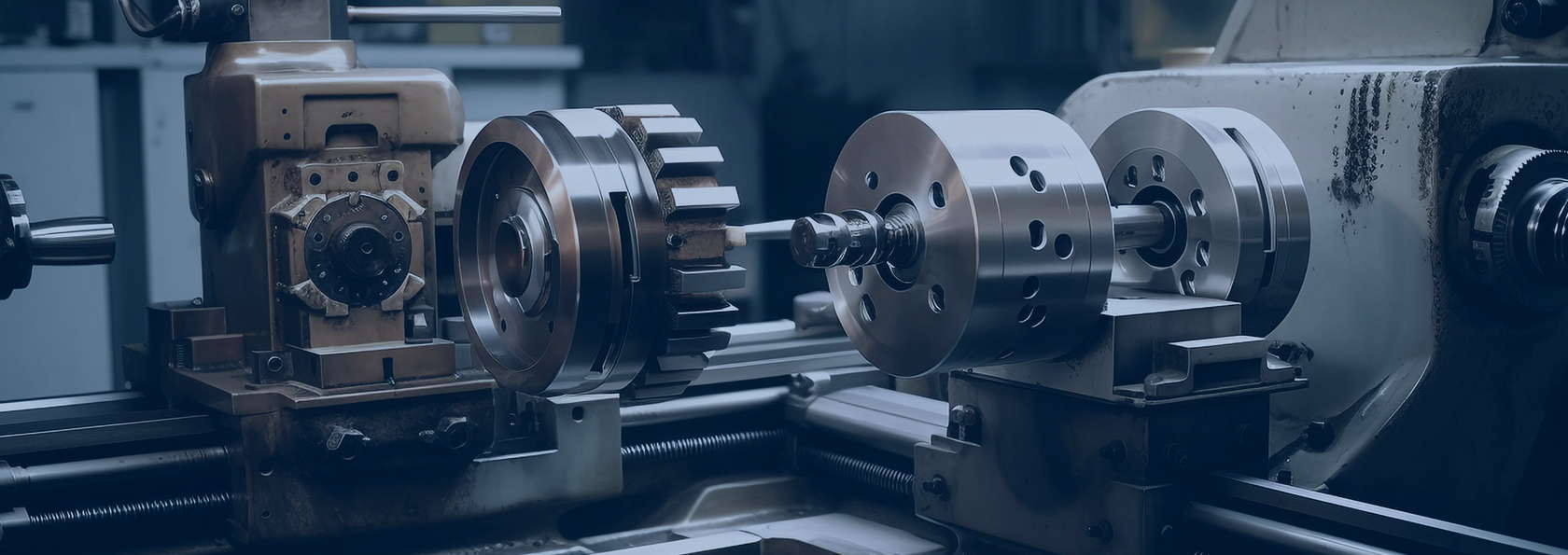

Location: Home > Application > Digital system


In 2021, New Hongji introduced a comprehensive German AHP quality management software system. This system aims to enhance inspection efficiency and standardize quality-related requirements by leveraging the best practices of AHP software. Consequently, it will elevate the level of enterprise's quality management, establish an industry benchmark, and lead in terms of industry quality standards.
The software encompasses several modules that are primarily utilized for pre-planning, incoming inspection, process inspection, outgoing inspection, and measurement equipment management.
The pre-planning module automatically identifies all sizes and tolerances on PDF/CAD drawings. Additionally, CAD drawings can generate bubble diagrams with just one click on the drawing surface while extracting corresponding size and tolerance information from bubble numbers. This significantly improves work efficiency.
In the inspection plan phase, separate settings can be established based on each size's characteristics regarding inspection frequency and measuring tools to ensure standardized quality requirements.
The three modules for incoming inspection, process inspection, and outgoing inspection create inspection lists based on product information while automatically generating clear sampling quantities and measurement tool details in the forms. These standardized operations minimize human errors. Moreover, CMM (Coordinate Measuring Machine) data as well as flash meter data can be seamlessly imported through the software for fast and accurate analysis. The software also identifies any out-of-tolerance or missing dimensions automatically during inspections. Upon completion of reports generation provides analysis data such as CPK (Process Capability Index) or MSA (Measurement System Analysis). Different report formats can be exported or permanently saved for convenient subsequent data analysis purposes.
With the implementation of AHP software usage comes improved
The measuring equipment management module is a distinguishing feature of our business, characterized by High Mix, Low Volum. This implies a greater number of measuring tools, which necessitates the presence of professional measuring managers. Different types of measuring tools require varying verification cycles, and frequent verifications can pose a burden on their management. To address this issue, AHP offers a dedicated module for managing measuring equipment that encompasses tool classification, storage location, overall calibration cycle management, and the generation of calibration plans with just one click. This ensures effective management of all measuring tools.
AHP software integrates the pre-planning, incoming inspection, process inspection, outgoing inspection, and measurement equipment management chain to establish a cohesive system for all inspection processes. This ensures standardization, data integrity, paperless operations, and quality assurance.

The MMS processing production management software system is a crucial component of the FMS automatic line, primarily serving as the control system. It consists of three key components: Data Manager, Station Commander, and main control panel.
In dynamic pallet routing mode, it can be integrated with the ERP system or manually input production orders to allocate planned processes to pallets through the Station Commander interface.
The Data Manager handles master data management for manufacturing workpieces, production order management, machine workload estimation, scheduling, recording and tracking of machine tool cutting tools and tool life management.
The Station Commander provides a touch screen user interface for system operation including workstation operations, self-loading/unloading tasks deployment, delivery and pallet management.
Lastly, the main control panel facilitates production monitoring and management for machine tool operators and tool management by calculating utilization rates within specified time periods while displaying OEE trends along with utilization rate performance and quality values.
By utilizing MMS software effectively in planning multiple processing orders simultaneously within planned order scope ensures that urgent orders receive more pallet processing cycles than low priority ones while considering available resources (fixtures,pallets,toosls materials,Nc programs)to generate realistic plans thereby significantly enhancing scheduling functionality degree as well as resource utilization effectiveness.

New Hongji high-end customized FMS flexible production line integrates 4 five-axis
machining centers and 2 horizontal machining centers, and has a central tool automation system with a maximum of 1024 tools, to achieve high efficiency production without machine non-stop, night shift 4-6 hours unattended, central tool library tool management system, including tool transmission, tool life management, etc. It is the key link of rhythm control and quality control in the machining process of flexible production line. High mix, low volume, in the processing need to use a variety of tools, and the machining center inside the tool library capacity is limited, can not be fully automatic and timely feed, need to rely on human tooling change. However the central tool library will be according to the instruction, The robotic arm autonomously picks up the appropriate tool, transmitted to the machine tool for processing. There are super high and large three-dimensional storage behind the FMS flexible production line. The three-dimensional library integrates more than 100 material pallets and more than 100 machining pallets. In the three dimensional storage, there is a speed of 150 meters per minute efficient stacker, transferring the pallets automatically. All the pallets, jigs and materials/workblank and products in process are centrally stored in the three-dimensional warehouse. When clamping is needed, the fixture and its matching materials will be automatically sent to the loading station for clamping, thereby reducing manual dependence and reducing the risk of manual error.
The ultimate success of the manufacturing enterprise depends on efficiency and
capability. The efficiency of the machine tool, process strength, lean production capacity, supply chain management ability and other monitoring and analysis results will be displayed in real time on the operation panel of the automatic line. When there is an order, the system will automatically arrange the order, and pre-calculate the required quantity of materials, the number of tools, etc., the palletizer automatically handles the material, and sends it to the machine tool. If the tool reaches the life or the tool is damaged, the robot will automatically take out the tool and replace it with a new tool.
In manufacturing, "automation" is a social language that every operator needs to acquire. "Automation" means cutting-edge, advanced production concepts. With the diversification of market demand, the "High Mix, Low Volume" production model is becoming the mainstream of today's manufacturing industry.